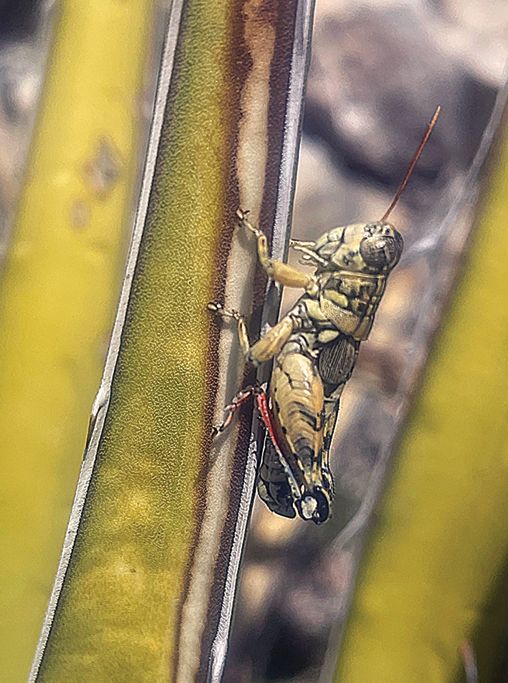- A moth neglected by experts for a century is found to have been collected by Alfred Russel Wallace 169 years ago
- Cutting-edge techniques allowed scientists to show the moth as belonging to a genus comprising 14 species, 11 of which are new to science
- One of the new species has been named after Greta Thunberg
Scientists at the Natural History Museum (NHM), London, have discovered that a long-overlooked moth specimen in the Museum’s collection was in fact collected by explorer and naturalist, Alfred Russel Wallace, in 1855. This was at the same time as he was formulating his own revolutionary ideas on the origins of species which he would go on to share with Charles Darwin.
The small white moth, Topiris candidella, was described in 1863 by Francis Walker but was dismissed in 1927 by leading entomologist Edward Meyrick as “better neglected” having suffered substantial damage due to historic storing practices. The moth has remained overlooked for nearly a century, until now.

Using a cutting-edge DNA sequencing method, NHM scientists extracted genetic material from a single fragment of one of the specimen’s remaining legs and connected it to a group of moths found throughout South East Asia.
The scientists were able to prove that rather than being a single neglected species, Topiris is in fact a genus of 14 species, including 11 species which are new to science and described today in the paper published in ZooKeys.
One of these species is named Topiris thunbergella, in honour of Greta Thunberg and her work in raising awareness of the environmental pressures on the native forests of South East Asia.
New rainfrog species named in honor of Greta Thunberg
The Rainforest Trust celebrated its 30th anniversary by hosting an auction offering naming rights for new-to-science species. The funds raised…
Citizen scientists discover a new snail and name it after
A new to science species of land snail was discovered by a group of citizen scientists working together with scientists…
Dr David Lees, Senior Curator for Microlepidoptera at the Natural History Museum, adds, “This discovery highlights the incredible potential of modern DNA analysis to reveal the evolutionary history of species, even from fragmented and long-forgotten specimens.
“By applying this innovative sequencing technique, we have not only revived Francis Walker’s species Topiris candidella, from 1863, but also expanded our understanding of an entire group of small white moths.”
During their research, David and fellow moth expert, Mark Sterling, found that a hidden label under the pin of the broken moth bore the handwritten letters “SAR”, a clue that this moth had been collected by Alfred Russel Wallace as part of over a thousand moths he collected at Rajah Brooke’s Forest retreat.
This was in December 1855, just months before he published his ‘Sarawak Law’ paper, which eventually led to a joint reading (at Darwin’s request) of their theories of evolution through natural selection.
Beyond the scientific breakthrough, the study has wider conservation implications. Of the 24 species reviewed in their paper, only three have been recorded since 2000, highlighting the urgent need for biodiversity monitoring in this region.
Mark Sterling added, “The 80 million specimens currently held in the Natural History Museum’s collections continue to be a critical resource for understanding biodiversity and assessing the effects of environmental change.”
Research article:
Sterling MJ, Price BW, Lees DC (2025) A revision of the hitherto neglected genus Topiris Walker, 1863 (Lepidoptera, Xyloryctidae) with taxonomic notes on the genus Athrypsiastis Meyrick, 1910. ZooKeys 1229: 297-368. https://doi.org/10.3897/zookeys.1229.119155
This press release was originally published by the National History Museum, London. It is republished here with permission.















































